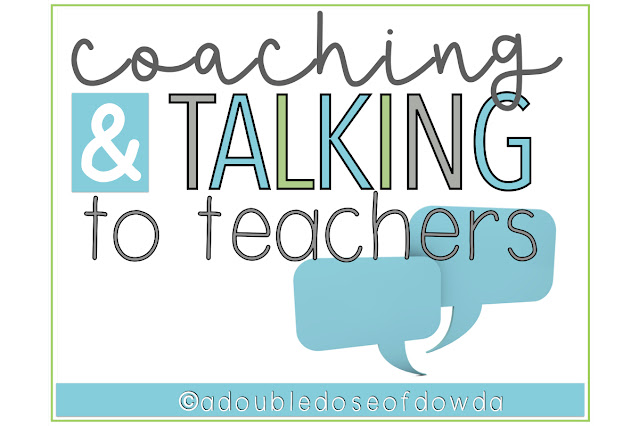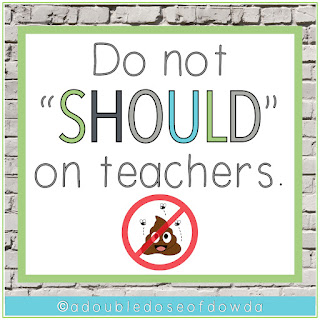Talking to teachers effectively is an important part of instructional coaching.
In Brene Brown’s book, Dare to Lead, she provides some great tips that I have been able to apply to instructional coaching.What to look for in this post:
- Being clear when communicating with teachers
- Asking teachers to paint a picture when talking to them
- Do not “should” on teachers
Being Clear When Communicating with Teachers
In Dare to Lead, Brene Brown says, “Clear is kind. Unclear is unkind.” That really struck me when I read it, because I never want to seem unkind in any way to the teachers I work with and support.As an instructional coach, I make sure that I am clear with teachers. I try to be clear when it comes to our vision of our work together, the expectations of the role, how I will work, how they will work, and how we will work together. I want us to have clarity around any end products we are working toward.
To achieve this goal, I like to ask clarifying questions. It is my goal to make sure we are always on the same page.
Asking Teachers to Paint a Picture When Talking to Them
The second idea I took away from Brene Brown’s Dare to Lead is asking people to paint a picture of something when talking to them. This is essential in instructional coaching, because there needs to be clarity in everyone’s understanding of the goal.For example, a teacher may tell me they want to do a Socratic seminar, a choice board, or blended learning. Whatever it is, I ask them to explain exactly what that looks like. Different people have different ideas around certain things, so it’s very important to use Brene Brown’s idea and have them paint a clear picture of what they are hoping to achieve.
Clear is kind. If we are not clear on what they want to do or what they expect, we won’t be successful. Going into instructional coaching work with a clear sense of the final product is vital.
One time, a teacher told him that every time he came into the classroom, he would “should” all over him. Just a funny and friendly reminder that this is not how we should be speaking to our teachers. We need to collaborate with them rather than simply telling them what we think they should be doing.
Do Not “Should” on Teachers
In speaking with someone who has been an instructional coach for years, I picked up an additional tip when it comes to coaching teachers effectively. Early in his career, he would go in and tell teachers what they should be doing.One time, a teacher told him that every time he came into the classroom, he would “should” all over him. Just a funny and friendly reminder that this is not how we should be speaking to our teachers. We need to collaborate with them rather than simply telling them what we think they should be doing.
Check out these related posts:
Handling Teachers' Emotions as an Instructional Coach
Building Trust with Teams as an Instructional Coach
How to Build Relationships with Teachers as an Instructional Coach
Tips for Difficult or Uncomfortable Instructional Coaching Conversations with Teachers
Check out these related YouTube videos:
It's Not Personal - Misguided Emotions from Burnt Out Teachers
Building Trust with Instructional Coaches
Use Your Planner to Strengthen Relationships with Teachers
Tips for Uncomfortable Instructional Coaching Conversations





No comments
Post a Comment